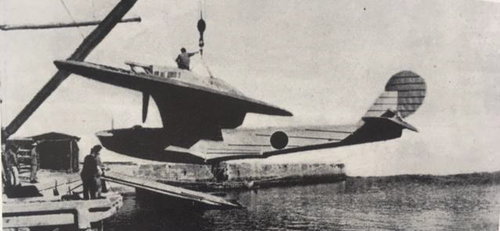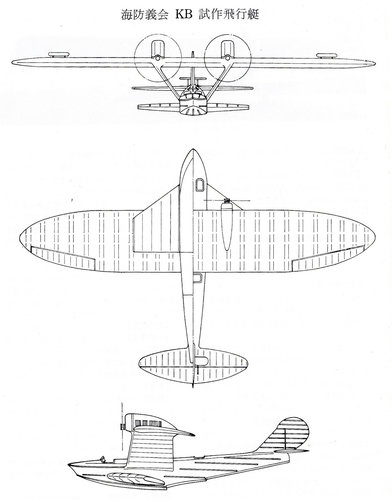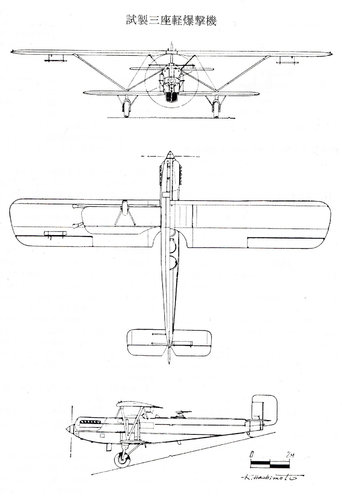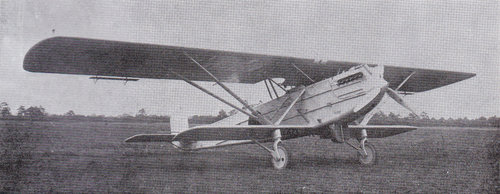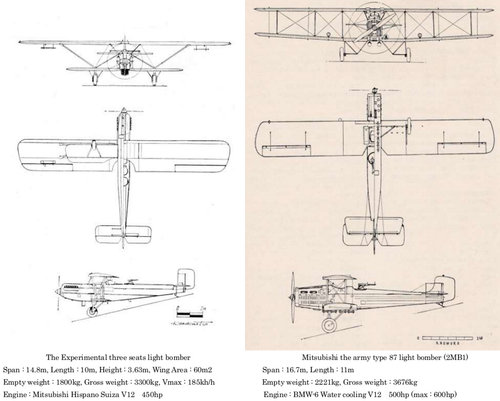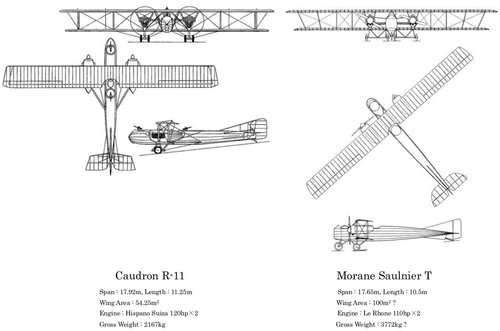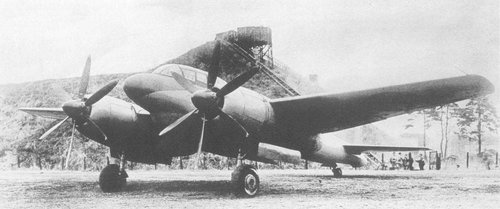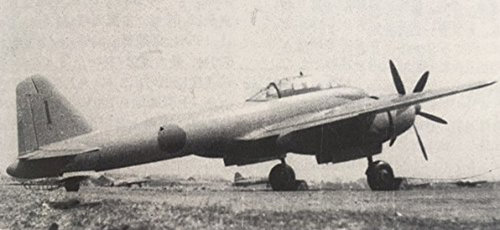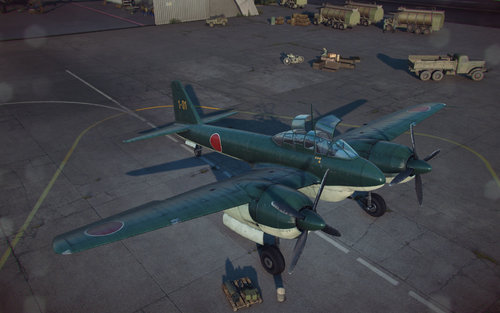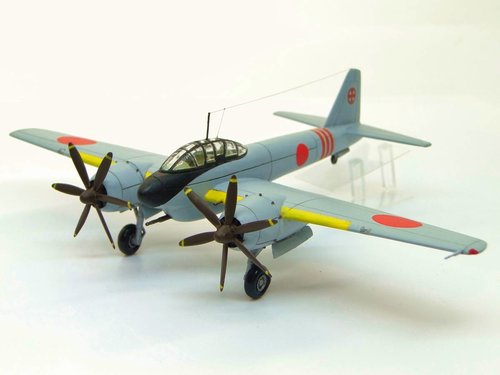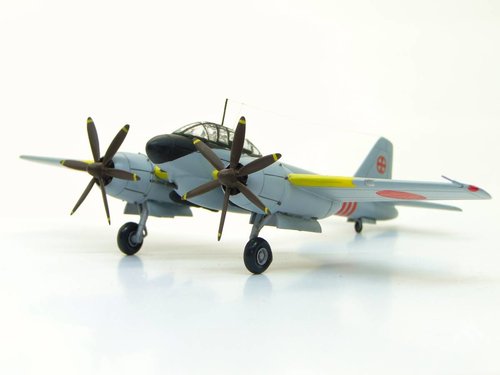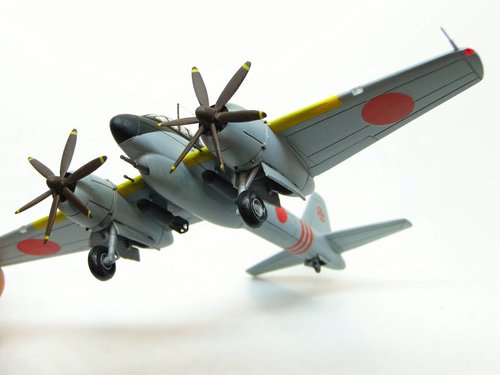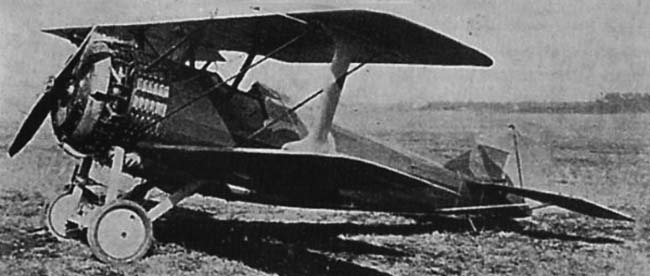Hi! The Experimental three seats light bomber.
Source : ENCYCLOPEDIA OF JAPANESE AIRCRAFT
The Experimental three seats light bomber was a light bomber prototyped by the Imperial Japanese Army. Manufactured at the Army's Tokyo Artillery Arsenal.
At the beginning of 1925 (Taisho 14), the Army instructed three companies, Mitsubishi Aircraft, Nakajima Aircraft, and Kawasaki Shipyard Aircraft Department (later Kawasaki Aircraft) to make prototypes of domestic light bombers, and at the same time, the Army Aviation Department Supply Department (later The Army Aviation Headquarters, Aviation Engineering Department) decided to make its own prototype of an all-metal light bomber. In the supply department, the design was outsourced to Richard Vogt, an engineer Kawasaki had invited from Germany , and the aircraft was to be manufactured at the Tokyo Artillery Factory. However, the completion of the aircraft was not in time for the examination conducted in October 1926 (Taisho 15), and the modified Mitsubishi type 13 carrier attack aircraft (2MB1) was officially adopted as the type 89 light bomber.
After that, in 1927 (Showa 2), two prototypes of this airplane were completed, and improvement and research were continued by the Aviation Engineering Department, but in response to the formal adoption of the 88 type light bomber. In 1929 (Showa 4), the development of this expensive aircraft was discontinued.
This aircraft was a progressive biplane with an all-metal fuselage and metal, partially upholstered wings, with a payload of 1,455 kg, the largest single-shot aircraft at the time. New innovations were also incorporated into the ailerons, landing gear shock absorbers, and the construction method used during production.
However, compared to other aircraft of the same period, the aircraft was larger, which was one of the causes of the discontinuation of development. Also, during the test flight, the propeller was replaced from three metal blade to two wooden blade.
* Dimensions are estimated values.
Overall length: 12.20 m, Overall width: 15.00 m, Overall height: 3.40 m
Empty weight: 2,221 kg, Gross weight: 3,676 kg
Engine: Kawasaki BMW-6 Water-cooled V12 (maximum 600 hp) x 1
Maximum speed: 200 km / h, Practical ceiling: 6,000 m, Endurance : : 4.5 hours
Armament:
7.7mm fixed machine gun x 1
7.7mm swivel machine gun x 1
Bomb 500 kg
Crew: 3 people

